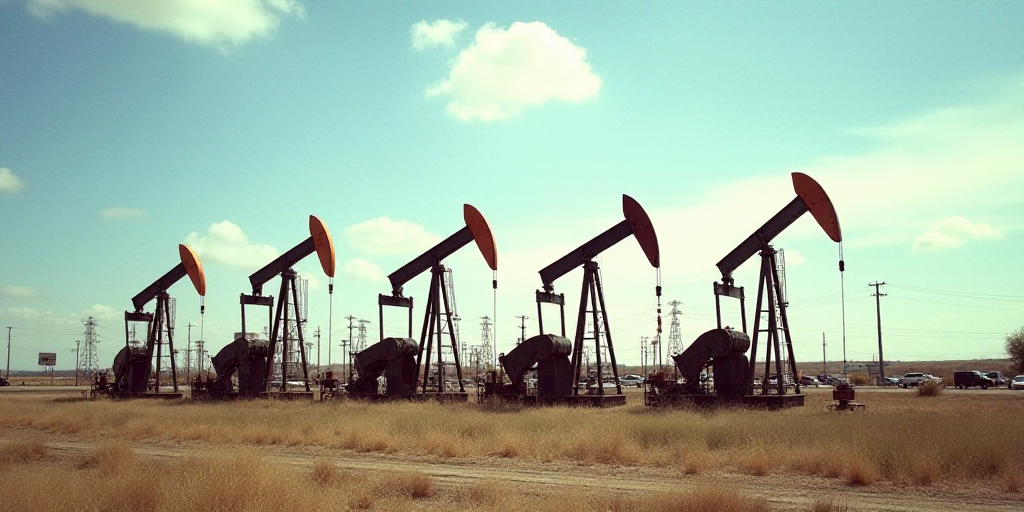Background on OPEC+ and its Impact
The Organization of the Petroleum Exporting Countries (OPEC) and its allies, known as OPEC+, agreed on Sunday to increase oil production by 547,000 barrels per day (bpd) for September. This decision comes as part of a series of accelerated production increases aimed at capturing market share, reversing the majority of the group’s previous cuts totaling around 2.5 million bpd, or approximately 2.4% of global demand.
Market Reactions and Analyst Insights
Alex Hodes, an analyst at StoneX, stated, “OPEC+ maintains a significant excess production capacity, and markets are closely watching to see if the group utilizes it.” Goldman Sachs analysts predict that the actual increase in supply from the eight OPEC+ countries that have raised production since March will be 1.7 million bpd, as other members have reduced output due to overproduction.
Additional Factors Influencing Oil Prices
Investors are also assessing the impact of recent U.S. tariffs on exports from numerous trading partners and remain wary of potential new U.S. sanctions against Russia.
President Donald Trump has threatened to impose secondary tariffs of 100% on Russian crude oil buyers in an attempt to pressure Moscow to end its war in Ukraine.
Current Oil Price Trends
As of 11:37 a.m. CDMX time, Brent futures dropped $0.89, or 1.3%, to $68.78 per barrel, while West Texas Intermediate (WTI) in the U.S. fell $1.04, or 1%, to $66.29 per barrel.
Both contracts fell more than 2% and reached their lowest levels in a week, following a nearly 3% decline on Friday.
Key Questions and Answers
- What is OPEC+ and why is their decision important? OPEC+, consisting of the Organization of the Petroleum Exporting Countries (OPEC) and its allies, is a group of oil-producing nations that collaborate to influence global oil supply and prices. Their recent decision to increase production by 547,000 bpd for September has raised concerns about excess supply and downward pressure on oil prices.
- How do analysts view the actual supply increase? Analysts from Goldman Sachs predict that the real increase in supply from OPEC+ countries will be 1.7 million bpd, considering that some members have already reduced output due to overproduction.
- What are the additional factors affecting oil prices? Recent U.S. tariffs on exports from trading partners and potential new sanctions against Russia are causing uncertainty in the oil market, adding to price volatility.






